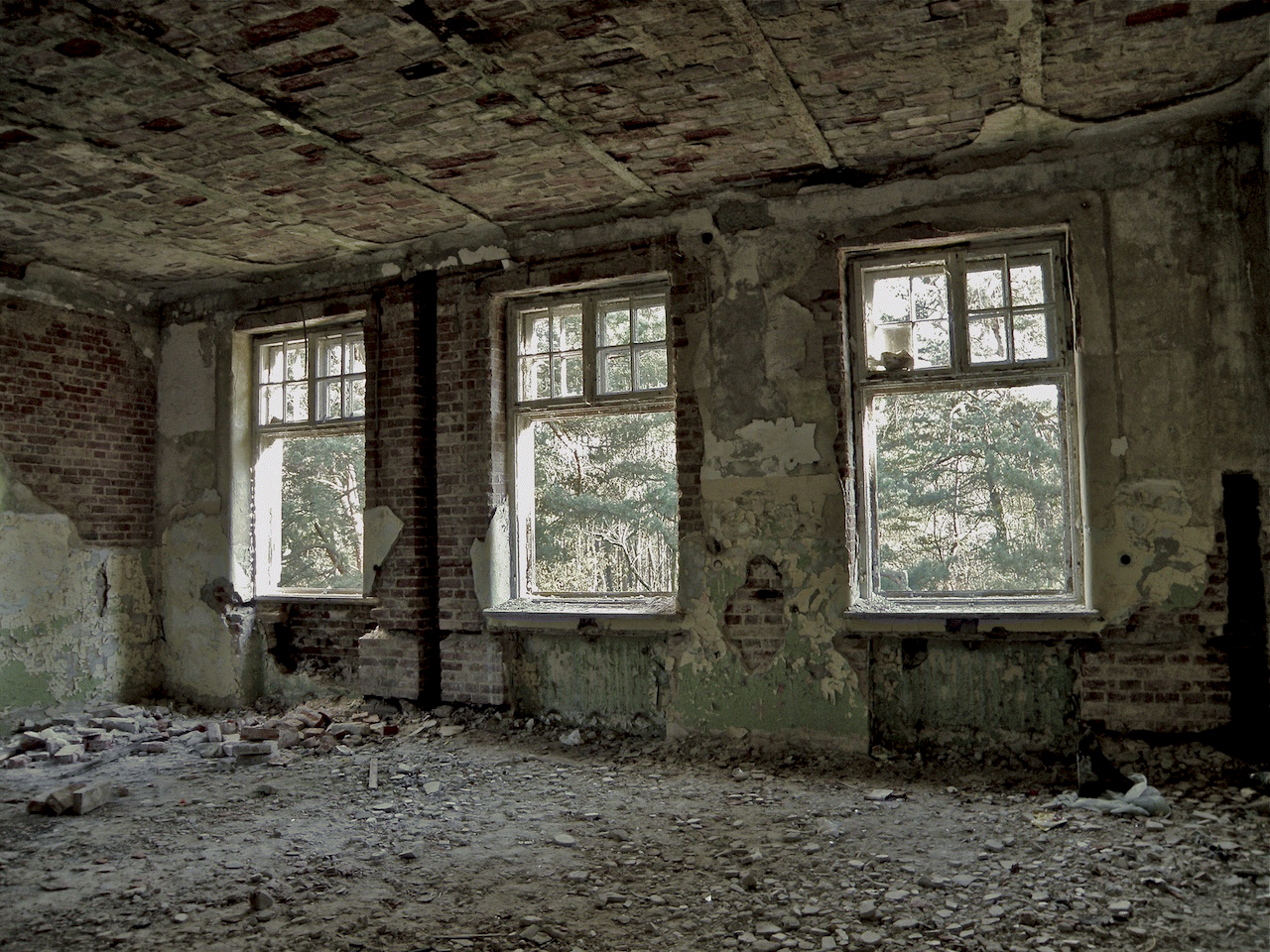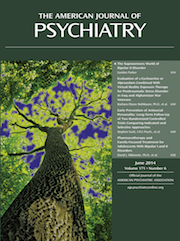The Zofiówka sanatorium in Otwock, Poland, was founded at the beginning of the 20th century by the Society for the Protection of Mentally Ill Jews under the directorship of Samuel Goldflam, an eminent Polish psychiatrist of the time (
1). The facility was built on 30 hectares of land with funds donated by benefactress Zofia Endelman, for whom the facility was named. When completed, the sanatorium complex included four buildings and housed 370 patients, both children and adults; at its peak, it employed 994 staff. Innovative psychological treatment methods were used to excellent effect, but in September 1939, when Poland was invaded by Germany, all this changed.
Bent on creating a “master race” of superior beings, the German government (with the collaboration of a large segment of its physicians) attempted to remove from the Reich all those judged to be defective: the physically and mentally disabled, vagrants, homosexuals, and Jews (
2). The process of exterminating the mentally ill started not in Germany proper, but in German-occupied Poland.
It started relatively late in the war in Zofiówka. The Jewish ghetto of Otwock, near Warsaw, was first established on Jan. 15, 1941, and was sealed on May 28. This meant that no patient could be discharged from Zofiówka—despite staff shortages (most of the original staff had fled toward the East at the outbreak of the war) and despite the increasing scarcity of food, coal, and medical supplies (
3).
As a result of crowding, cold, deprivation, and unsanitary conditions, 210 residents (more than half) died between June 1 and Nov. 16, 1941, while at the same time, German health authorities continued to send more and more mentally ill Jewish patients to Zofiówka from hospitals in other locations.
On Aug. 19, 1942, the Otwock ghetto was liquidated (everyone was either shot on the spot or sent to Treblinka to be gassed). Warned a day ahead, some of the Zofiówka patients and many of the staff took potassium cyanide. Some escaped into the surrounding countryside to be betrayed later by the local population (
4). Up to 140 children and adults were machine gunned on the hospital grounds. Patients not murdered that day were deported, with the other residents of the Otwock ghetto, to the Treblinka extermination camp, where 90% were killed within 2 hours of arrival (
5).
By the end of 1942, the only persons left in Zofiówka were two SS men and 20 Jewish policemen who were tasked with renovating the buildings, readying them for their new occupants: racially pure Aryan pregnant women carrying racially pure fetuses—Lebensborn Ostland. At birth, the children were adopted by racially pure German families, often the families of the very SS men who had put to death the children of Zofiówka (
6).
Zofiówka is now abandoned, and the buildings lie in ruins (
7–
9). Abandoned with them are the once-bright hope of scientific eugenics and the promise of nationalism as a political ideology. More specific to psychiatry, also abandoned are the ideals of psychiatric asylums as places of sanctuary and of physicians as people of honor.


